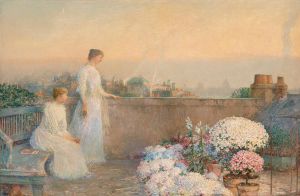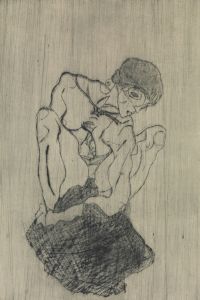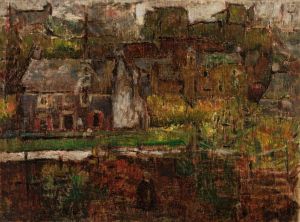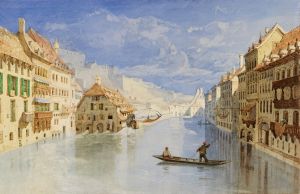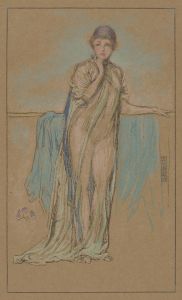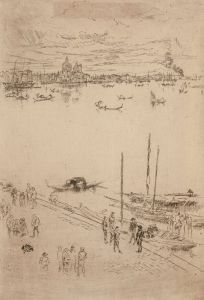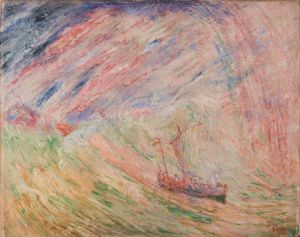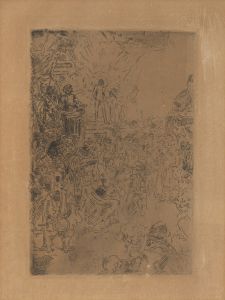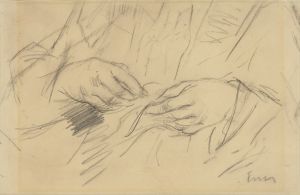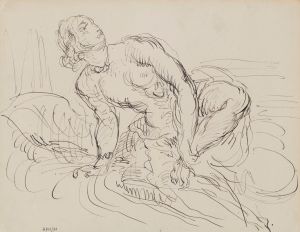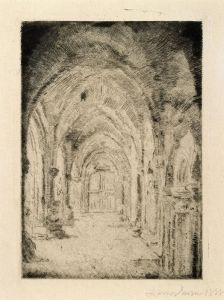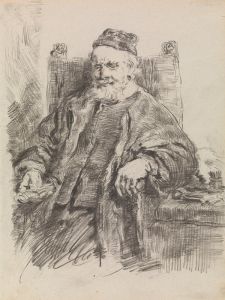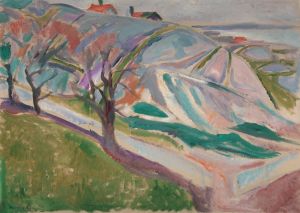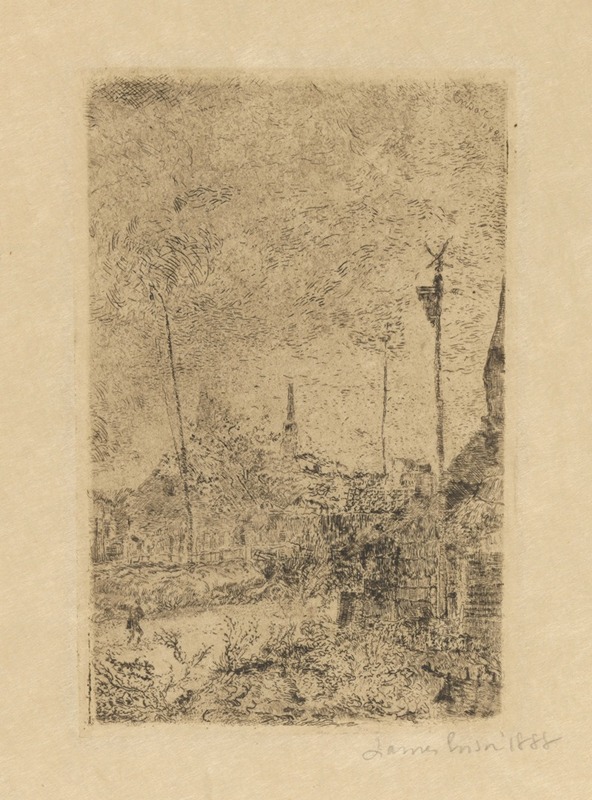
Hutten
A hand-painted replica of James Ensor’s masterpiece Hutten, meticulously crafted by professional artists to capture the true essence of the original. Each piece is created with museum-quality canvas and rare mineral pigments, carefully painted by experienced artists with delicate brushstrokes and rich, layered colors to perfectly recreate the texture of the original artwork. Unlike machine-printed reproductions, this hand-painted version brings the painting to life, infused with the artist’s emotions and skill in every stroke. Whether for personal collection or home decoration, it instantly elevates the artistic atmosphere of any space.
James Ensor, a prominent Belgian painter and printmaker, is renowned for his unique and often provocative works that blend elements of symbolism, expressionism, and surrealism. Born in 1860 in Ostend, Belgium, Ensor's artistic career spanned the late 19th and early 20th centuries, a period marked by significant changes in the art world. His works often explore themes of death, masks, and the grotesque, reflecting his fascination with the macabre and the absurd.
One of Ensor's notable works is "Hutten," although detailed information about this specific painting is limited. Ensor's oeuvre is characterized by its vivid use of color, intricate detail, and a penchant for the bizarre and fantastical. His paintings often depict crowded scenes filled with masked figures, skeletons, and other surreal elements, challenging the viewer's perception and evoking a sense of unease.
Ensor's style is heavily influenced by his upbringing in Ostend, where his family owned a curiosity shop filled with exotic items, carnival masks, and other peculiar objects. This environment undoubtedly shaped his artistic vision, as seen in his frequent use of masks and theatrical elements in his work. Ensor's paintings often blur the line between reality and fantasy, inviting viewers into a world where the ordinary is transformed into the extraordinary.
Throughout his career, Ensor was associated with the avant-garde group Les XX, a collective of artists who sought to challenge the traditional art establishment in Belgium. His work was initially met with resistance and criticism due to its unconventional style and subject matter. However, over time, Ensor gained recognition as a pioneering figure in modern art, influencing subsequent generations of artists.
Ensor's contribution to art extends beyond painting; he was also an accomplished printmaker, creating etchings and lithographs that further explored his fascination with the grotesque and the fantastical. His work is characterized by a distinctive use of line and a keen attention to detail, capturing the complexity and chaos of his imagined worlds.
In addition to his artistic achievements, Ensor was a prolific writer, penning essays and articles on art and society. His writings provide insight into his artistic philosophy and his views on the role of the artist in society. Ensor believed that art should provoke thought and challenge societal norms, a belief that is evident in his bold and often controversial works.
James Ensor's legacy is celebrated in museums and galleries worldwide, with his works held in prestigious collections such as the Royal Museum of Fine Arts in Antwerp and the Getty Museum in Los Angeles. His influence can be seen in the works of later artists, including the surrealists, who admired his ability to blend reality with fantasy and his fearless exploration of taboo subjects.
While specific details about the painting "Hutten" are scarce, it is clear that James Ensor's body of work continues to captivate audiences with its imaginative and thought-provoking imagery. His unique vision and innovative approach to art have secured his place as a significant figure in the history of modern art.





